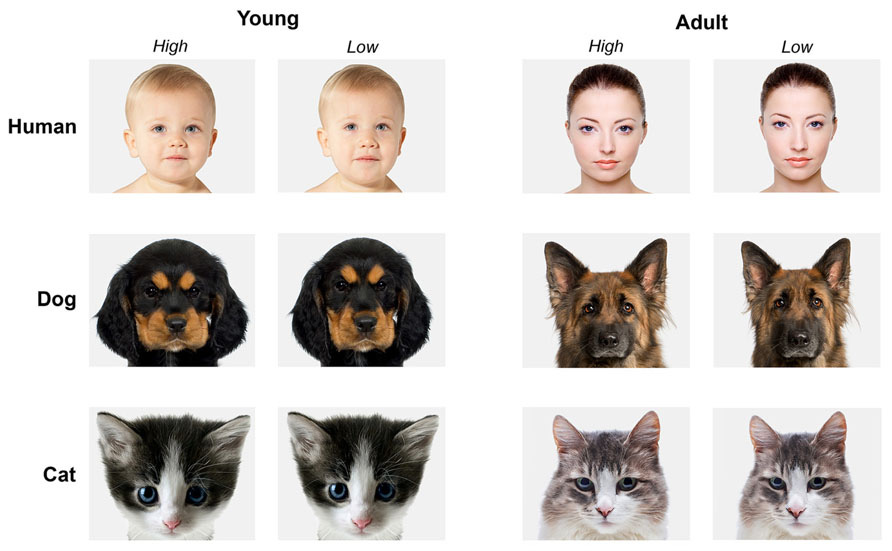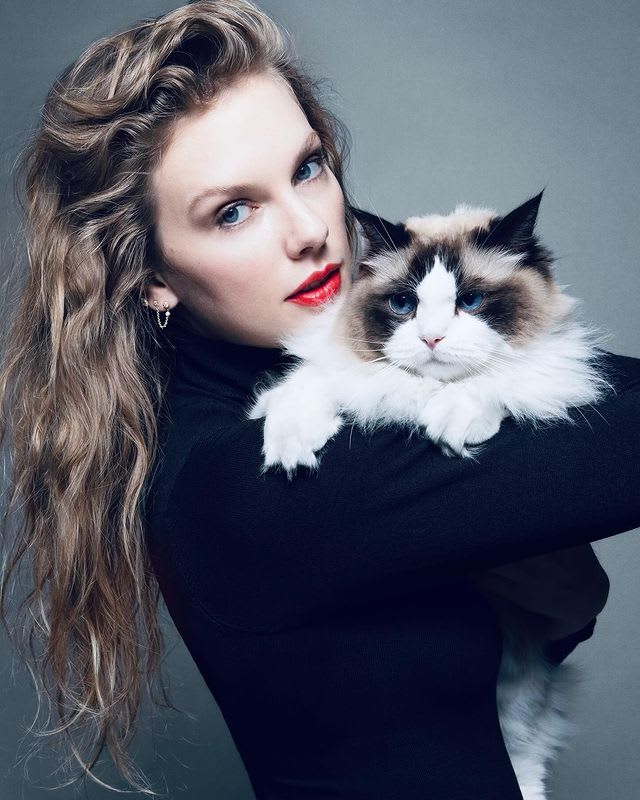Since I started writing my new book on anthropomorphism, I see evidence of it everywhere I look. So either 1) I am suffering from the Baader-Meinhof phenomenon (i.e., a cognitive bias where you notice a concept everywhere after being made aware of it), or 2) the world really is stuffed full of anthropomorphism. I will give you a couple examples of the supposed perverseness of anthropomorphism so you can judge my level of delusion for yourself.
Example #1: Moo Deng, the pygmy hippopotamus
I define anthropomorphism as the act of treating an animal (or object or whatever) like you would a fellow human being. This behavior arises when that animal (or object or whatever) displays a number of anthropomorphism triggers; properties that make your mind (either consciously or subconsciously) suspect that there is something humanish about the thing that you are looking at.
In the case of Moo Deng the pygmy hippopotamus from Khao Kheow Open Zoo (pictured below - source), there are a number of physical properties of her face that fool our minds into thinking we’re looking at the face of a human baby. The cute baby-ish-ness of Moo Deng’s face generates a kind of caregiver response in us; an evolutionarily ancient need to protect and care for her. It’s the same response many/most humans get when we see an actual human baby. This form of cuteness anthropomorphism is why the world has gone crazy for Moo Deng.
Human baby faces contain morphological properties that distinguish them from other kinds of faces, and trigger that special caregiver response. These geometric properties include the size and position of a baby’s eyes, the relative size of the forehead, and the size and position of the nose. In Moo Deng’s case, she also has no teeth and chubby fat rolls; additional baby-like cuteness triggers. I talk more about the mechanics of cuteness in my upcoming book (Humanish), but there’s also a recent book titled Irresistible that digs into the details of this phenomenon.
Here’s an example of these morphological cuteness properties. Below is an image from this study where scientists subtly manipulated the “forehead length, nose length, face width, eye width, nose width, and mouth width” of images of young and adult humans, dogs, and cats to make them appear more/less cute. In each case, the image on the left seems “cuter” thanks to super-subtle changes in the size of these physical features.
The image on the left seem cuter in most cases, no? Now check out what happens when I used my crappy Photoshop skills to manipulate that image of Moo Deng to make her eyes smaller and move them up so her forehead is not as large. The image on the left is the original, and the smaller-eyed version is on the right.
For me, the image on the right is still kind of cute, but nowhere near as cute as the one on the left. This is how powerful those mathematical properties of facial cuteness are at triggering our cuteness response. The world has been brought to its knees by Moo Deng’s cuteness, and that cuteness is an example of anthropomorphism in action.
Example #2 of anthropomorphism everywhere: the US election
The US presidential election seems weirdly focused on cats these days. And this focuses is really centered around the “problem” of anthropomorphism.
Vice-presidential candidate JD Vance now famously called Vice President Harris (and other democrats) a “bunch of childless cat ladies who are miserable at their own lives.” For Vance, not having babies is a problem (for whatever weird reason), but it’s the replacement of human children with cats that he finds even more repugnant.
Because cats have been scientifically proven to contain a number of physical and behavioral properties that trigger our cuteness anthropomorphism (cute faces, purring sounds that resemble baby cries), some humans are triggered to interact with them in ways that resemble how we interact with babies. You probably know someone (or are someone) that occasionally pampers their cat in a humanish way, like this lady who pushes her cat around in a baby stroller:
For some, anthropomorphizing animals (i.e., treating them in a similar way to a fellow human) is a sign of mental or moral weakness. There are a number of reasons for this stance, including the argument that non-human animals lack the mental capacities required to justify giving them similar moral weight to fellow humans. Or perhaps even if animals do have analogous cognitive capacities to humans (e.g., the ability to experience pain or think rationally), there is a natural (or divine) moral distinction between humans and animals that means we should not treat them in equivalent ways to other humans when it comes to ethical consideration. In either case, those who anthropomorphize animals by treating them like fellow humans are committing some kind of behavioral crime that bothers JD Vance.
Now, I am gearing up to argue in my upcoming book that the act of anthropomorphizing animals is not, in fact, a bad thing - and certainly not an intellectual or moral failing. I won’t get into the details here, but if you’d like to read a great argument as to the potential benefits of anthropomorphism, check out this recent post by the evolutionary biologist Marc Bekoff for Psychology Today where he makes a case for the “upsides of mindful anthropomorphism” in response to an article written by the educational psychologist Boby Ho-Hong Ching on the pitfalls of anthropomorphism in education.
My point is that Vance is appealing to people’s negative view of anthropomorphism by bringing up childless cat ladies. Unfortunately for him, Taylor Swift highlighted her status as a cat lady when endorsing Harris - a jab at both Vance and the idea that anthropomorphizing cats is a problem. This is a pro-anthropomorphism stance that I can get behind.
In conclusion, I think I make a pretty good case for the idea of anthropomorphism being kind of a big deal these days. Maybe people are not using the actual word anthropomorphism to describe what’s happening in our news cycle, but both the childless cat lady phenomenon and the popularity of Moo Deng are fueled by anthropomorphism.
****
In other news, I am currently reading the sci-fi book Translation State by Ann Leckie, which I am enjoying. But, I am fundamentally distracted by the name of one of the main characters: Reet Hluid. I am sure it’s just an accident, but the word reet in Dutch means ass. Not a big deal on its own, but the name Hluid bears a striking resemblance to the word geluid in Dutch. In the Belgian city of Gent, the local accent would render that “G” sound more like an “H” sound, so when I read the name Hluid I pronounce it in my head how a Gentenaar (someone from Gent) would say the word geluid. Unfortunately, the word geluid means sound in Dutch, so the name Reet Hluid means: Ass Sound. It’s difficult for me to stay focused on the narrative whenever someone refers to Mr. Ass Sound (AKA Mr. Fart).








